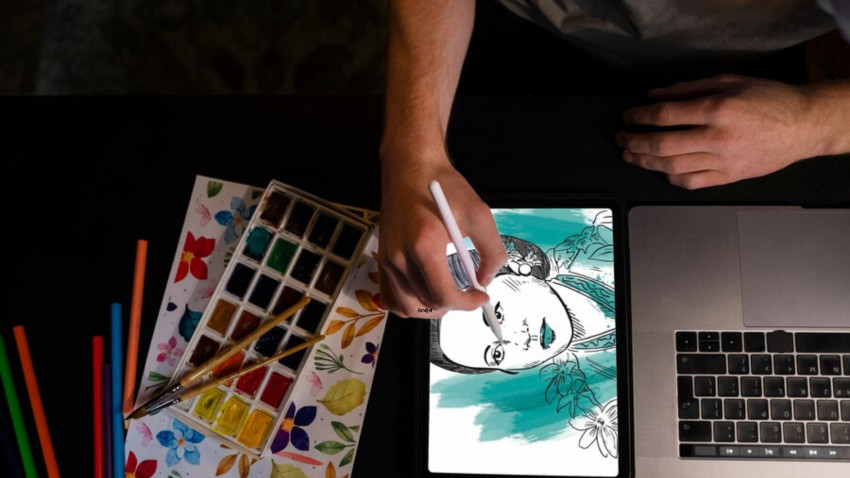
Preface
The ability to convert hand-drawn sketches into vectors is revolutionary in the field of digital art. This thorough instruction will walk you through the process of taking a sketchbook drawing to a screen, which is your key to unlocking the potential of vector art.
Why Use Vector Art?
Why Use Vector Art? Prior to exploring the how-to, let us comprehend the 'why.' When it comes to accuracy and scalability, vector art is unmatched. Be it an experienced graphic designer or an aspiring artist, the creative possibilities are unlimited when you learn vectorization.
Step 1: Superior Scanning Make sure your hand-drawn artwork is scanned at a high resolution before starting your transformation. Choose a scanner that can catch every minute detail by having a resolution of at least 300 dpi. A successful vectorization procedure starts with a clear, well-lit scan.
Step 2: Select the Appropriate Software Choosing the appropriate software is essential. For vectorization, prominent options include Adobe Illustrator, CorelDRAW, and Inkscape. Open the selected software and import your scanned image to begin the digital conversion.
Tracing Your Sketch in Step Three The process of tracing your hand-drawn sketch is the core of vectorization. To make this process easier, the majority of vector software comes with tracing features. Try a variety of settings to get a compromise between maintaining the original aesthetic and producing a vector that is clear and scalable.
Step 4: Modifying Anchor Points and Paths Make necessary changes to the pathways and anchor points in your vector. This stage requires accuracy and patience. Curves should be rounded off, extra points should be removed, and your vector should preserve the spirit of your hand-drawn design.
Step 5: Incorporating Depth and Colour Add dimension and colour to your vector to make it come to life. Try experimenting with textures, gradients, and shading to improve the artwork's visual appeal. There are countless opportunities for artistic expression in the digital sphere.
Step 6: Exporting Vector Data It's time to export once you're happy with your masterwork in vector graphics. Select the file format that best meets your requirements, such as PDF for flexible use, EPS for printing, or SVG for web graphics. What was once a hand-drawn masterpiece is now a scalable digital marvel.
Hints and Techniques for Successful Vector To make vectorization of your hand-drawn sketch easier, keep it simple. Try out various tracing parameters until you find the right balance. To prevent losing work during the vectorization process, save your work often. To ensure organisation and simplicity of editing, use layers.
Accept the Opportunities You've converted your hand-drawn artwork into vectors by using this how-to guide, and you've also opened up a world of artistic possibilities. Beautiful digital images, logos, and designs that can be expanded indefinitely without sacrificing quality are all made possible by vector art.




